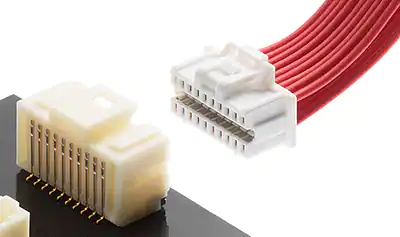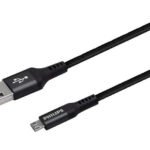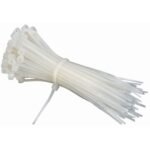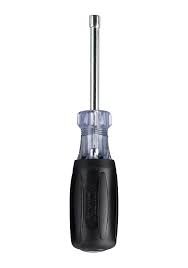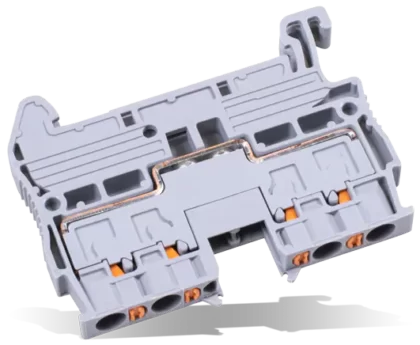Wire-to-board cables are preferred for applications that require connectivity cables and printed circuit boards. These cables consist of pre-attached wire-to-board connectors that allow quick and easy installation with Printed Circuit Board applications. Wire-to-board cables or connectors are identified by specific properties such as materials, housing sizes, number of contacts, stacking heights, number of contact rows, and length. A wide range of connector types and sizes available offers precision and flexibility. You can choose among the various options available according to your applications and requirements.
Types of Wire-to-Board Cables
Wire-to-Board cables come with various connectors such as IDC and micro-IDC. IDC, abbreviated as insulation displacement connectors, is commonly utilized in ribbon cable assemblies. IDC connectors consist of sharp pins that usually penetrate the ribbon cable after installation, which forms a connection to the wire. wire-to-board connectors consisting of micro-IDC connectors are perfect for smaller or lightweight applications and devices with limited space. Some other types of Wire-to-Board connectors include the following:
- Wafer Connectors
- Ejector Headers
- FPC/FFC Connectors
- IDC Connectors
- RAAST IDC.
Benefits of Wire-to-Board Cables:
Wire-to-board connectors are ideal solutions for providing an inexpensive solution to provide power between PCBs. Such connectors can be used in industrial, automotive, telecommunications, and communication industries. They are even beneficial for automated surface mount assembly that enables faster assembly. These connectors offer long-term reliable services for their applications. In conclusion, these connectors or cables offer robust and straightforward solutions while remaining cost-effective.
Features of Wire-to-Board Cables
The applications most commonly depend upon the type of connector cables chosen because there is no standard design for these cables. they may vary depending upon the manufacturer; some consist of low-profile mating for limited spaces and different locking mechanisms such as:
- Friction lock
- Full lock
- Quick disconnect
Other features include a locking bar or a snap-fit connection to ensure the wire stays within the socket. Most of the connectors are surface mounted to the board, while some feature pins that can go through the board and are soldered to the other side.
Applications
Wire-to-board cables connect a wire or several discrete wires to a PCB. They offer an affordable and efficient solution for delivering power and signals to PCBs in automotive, lighting, industrial, and communication products. These connectors or cables are also widely used in commercial and domestic appliances.

